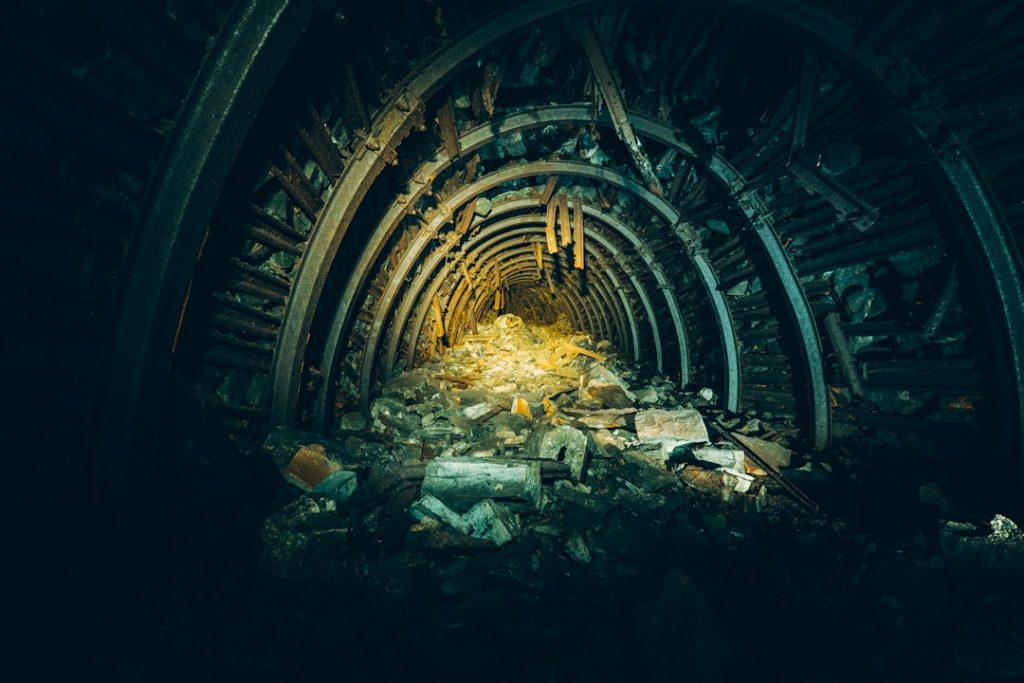Kabul, the capital city of Afghanistan, is facing significant energy challenges as it strives to meet the growing demand for electricity and heating. The city’s current energy infrastructure is heavily reliant on fossil fuels, leading to high levels of air pollution and greenhouse gas emissions. In response to these challenges, there is a growing need for low-carbon energy solutions that can help reduce the city’s carbon footprint and improve air quality. Low-carbon energy solutions encompass a wide range of technologies and practices that aim to minimize the use of fossil fuels and reduce emissions of greenhouse gases. These solutions include renewable energy sources such as solar, wind, and hydroelectric power, as well as energy efficiency measures and sustainable urban planning. By transitioning towards low-carbon energy solutions, Kabul has the potential to achieve a more sustainable and environmentally friendly energy system that can support the city’s long-term development.
Current Energy Challenges in Kabul
Kabul faces several pressing energy challenges that are hindering its sustainable development. The city’s energy infrastructure is outdated and insufficient to meet the growing demand for electricity and heating. As a result, many residents rely on diesel generators for power, leading to high levels of air pollution and contributing to respiratory illnesses. Additionally, the reliance on fossil fuels for energy production has led to significant greenhouse gas emissions, exacerbating global climate change. The lack of access to reliable and affordable energy services also hinders economic growth and social development in Kabul. Furthermore, the city’s energy sector is vulnerable to supply disruptions and price fluctuations, posing risks to its stability and resilience. Addressing these challenges requires a comprehensive approach that integrates low-carbon energy solutions into Kabul’s energy system.
The Importance of Low-Carbon Energy Solutions for a Sustainable Future
Low-carbon energy solutions are essential for achieving a sustainable future in Kabul. By transitioning towards renewable energy sources and improving energy efficiency, the city can reduce its environmental impact and mitigate the effects of climate change. Low-carbon energy solutions also offer opportunities for economic growth and job creation, particularly in the renewable energy sector. Furthermore, these solutions can enhance energy security by diversifying the city’s energy sources and reducing its dependence on imported fossil fuels. By investing in low-carbon energy solutions, Kabul can improve the health and well-being of its residents by reducing air pollution and providing access to clean and affordable energy services. Additionally, these solutions can contribute to the city’s resilience to climate-related disasters and other external shocks. Overall, low-carbon energy solutions are crucial for building a more sustainable and prosperous future for Kabul.
Potential Low-Carbon Energy Solutions for Kabul
| Energy Solution | Advantages | Challenges |
|---|---|---|
| Solar Power | Renewable, abundant sunlight in Kabul | Initial cost, intermittent power generation |
| Wind Power | Renewable, potential for high wind speeds | Land use, noise concerns |
| Hydroelectric Power | Renewable, potential for water resources | Environmental impact, infrastructure requirements |
| Biomass Energy | Potential for organic waste utilization | Emissions, resource availability |
Kabul has significant potential to implement a variety of low-carbon energy solutions that can address its energy challenges. One promising solution is the development of solar power infrastructure, given the city’s abundant sunlight throughout the year. Solar photovoltaic panels can be installed on rooftops and in open spaces to generate clean electricity for residential, commercial, and industrial use. Another potential solution is the harnessing of wind power, as Kabul experiences regular wind patterns that can be utilized for electricity generation. Additionally, the city can explore the potential of small-scale hydroelectric power plants using its rivers and streams. Energy efficiency measures, such as building insulation, efficient lighting, and smart grid technologies, can also play a significant role in reducing energy consumption and lowering carbon emissions in Kabul. Furthermore, sustainable urban planning practices, such as compact development and public transportation systems, can help reduce the demand for energy in the city. By leveraging these potential low-carbon energy solutions, Kabul can make significant strides towards a more sustainable energy future.
Benefits of Implementing Low-Carbon Energy Solutions in Kabul
Implementing low-carbon energy solutions in Kabul offers a wide range of benefits for the city and its residents. One of the primary benefits is the reduction of air pollution and improvement of public health. By transitioning away from fossil fuels, the city can significantly decrease harmful emissions that contribute to respiratory illnesses and other health issues. Additionally, low-carbon energy solutions can create new job opportunities in the renewable energy sector, stimulating economic growth and supporting local communities. These solutions also offer long-term cost savings by reducing the city’s reliance on expensive imported fossil fuels and mitigating the impacts of price fluctuations in global energy markets. Furthermore, implementing low-carbon energy solutions can enhance Kabul’s resilience to climate change by reducing its carbon footprint and mitigating the risks of extreme weather events. Overall, the benefits of implementing low-carbon energy solutions in Kabul extend beyond environmental considerations to encompass social, economic, and public health advantages.
Challenges and Barriers to Implementing Low-Carbon Energy Solutions in Kabul

Despite the potential benefits, there are several challenges and barriers to implementing low-carbon energy solutions in Kabul. One major challenge is the lack of financial resources and investment for renewable energy projects. The high upfront costs of infrastructure development and technology deployment often deter potential investors and developers from pursuing low-carbon energy projects in the city. Additionally, limited technical expertise and institutional capacity pose barriers to the effective planning and implementation of renewable energy initiatives in Kabul. The lack of supportive policies and regulatory frameworks further hinders the uptake of low-carbon energy solutions, as there is often uncertainty surrounding market incentives and investment returns. Moreover, social and cultural barriers may exist that impede the adoption of renewable energy technologies among certain segments of the population. Overcoming these challenges requires a concerted effort from government agencies, private sector stakeholders, international organizations, and local communities.
Strategies for Overcoming Challenges and Achieving a Sustainable Future
To overcome the challenges and barriers to implementing low-carbon energy solutions in Kabul, several strategies can be pursued to achieve a sustainable future for the city. One key strategy is to mobilize financial resources through public-private partnerships, international development assistance, and innovative financing mechanisms such as green bonds and carbon credits. By attracting investment and funding for renewable energy projects, Kabul can accelerate the deployment of low-carbon energy solutions across the city. Another important strategy is to build technical capacity and expertise through training programs, knowledge sharing initiatives, and partnerships with international organizations and research institutions. This can help enhance local capabilities in planning, designing, and operating renewable energy systems in Kabul. Additionally, developing supportive policies and regulatory frameworks that provide incentives for renewable energy deployment and create a conducive business environment is crucial for overcoming barriers to implementation. Engaging with local communities through awareness campaigns, education programs, and participatory decision-making processes can help address social and cultural barriers to adopting low-carbon energy solutions. By pursuing these strategies in a coordinated manner, Kabul can overcome its challenges and achieve a sustainable future powered by low-carbon energy solutions.
In conclusion, transitioning towards low-carbon energy solutions is essential for addressing Kabul’s current energy challenges and building a sustainable future for the city. By leveraging its potential for solar, wind, hydroelectric power, and energy efficiency measures, Kabul can reduce its carbon footprint, improve air quality, create economic opportunities, enhance resilience to climate change, and improve public health. However, achieving these goals requires overcoming various challenges related to financing, technical capacity, policy support, and social acceptance. By mobilizing financial resources, building technical capacity, developing supportive policies, and engaging with local communities, Kabul can overcome these barriers and realize the full potential of low-carbon energy solutions. Ultimately, embracing low-carbon energy solutions is not only crucial for addressing immediate energy challenges but also for laying the foundation for a sustainable and prosperous future for Kabul and its residents.
For more information on sustainable energy solutions in Afghanistan, you can read the article “Empowering Afghanistan: Sustainable Energy Solutions” on Almassiyah’s website. This article discusses the importance of transitioning to low-carbon energy sources in Kabul and the potential benefits for the country’s development. You can find the article here.



